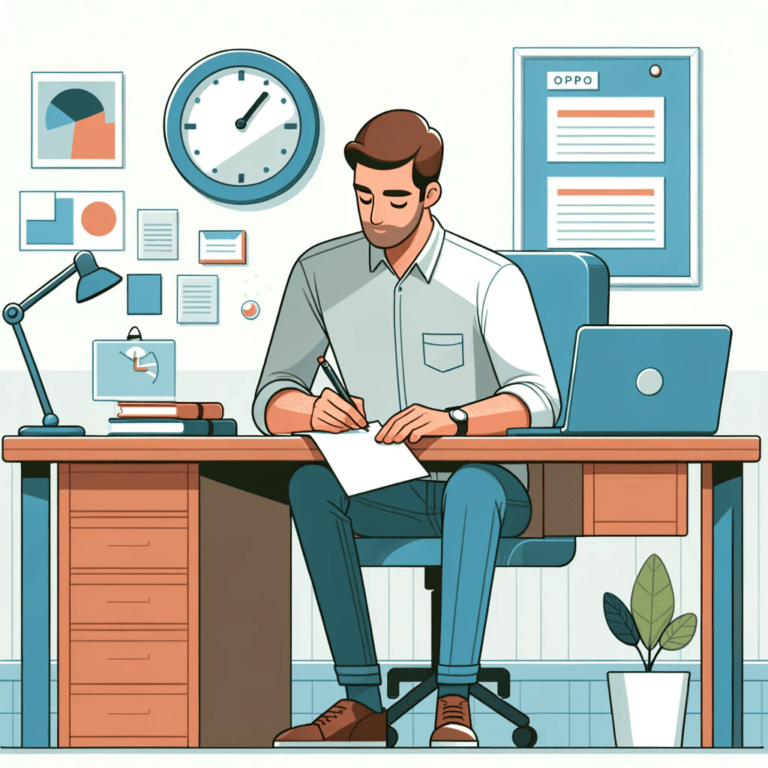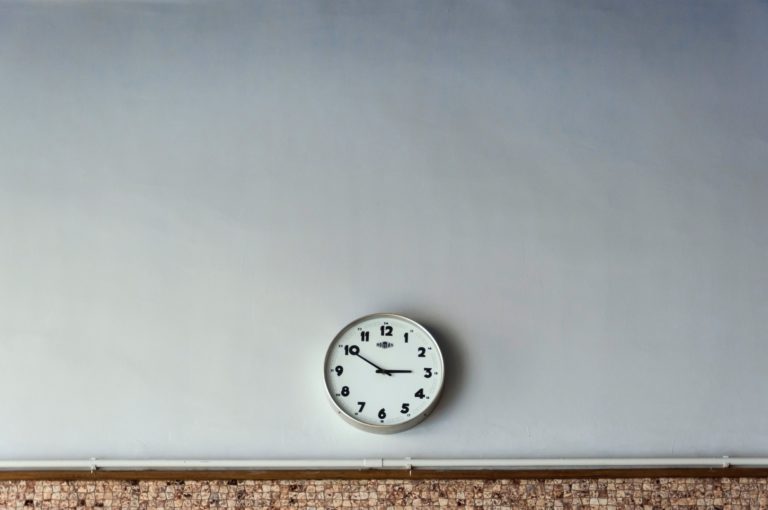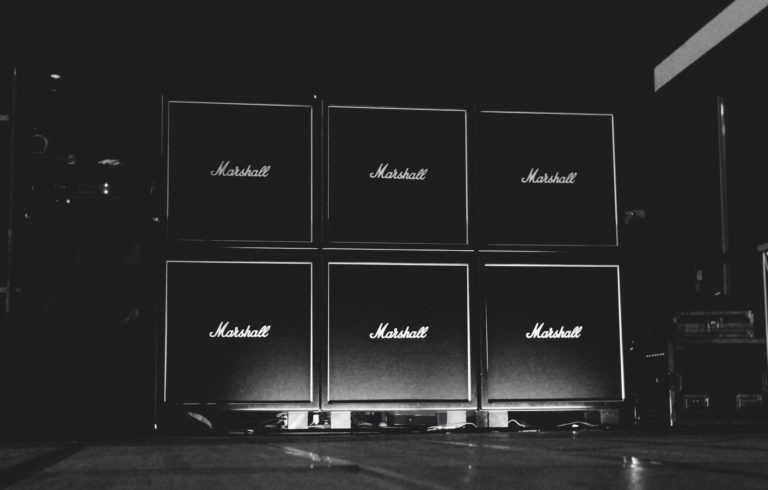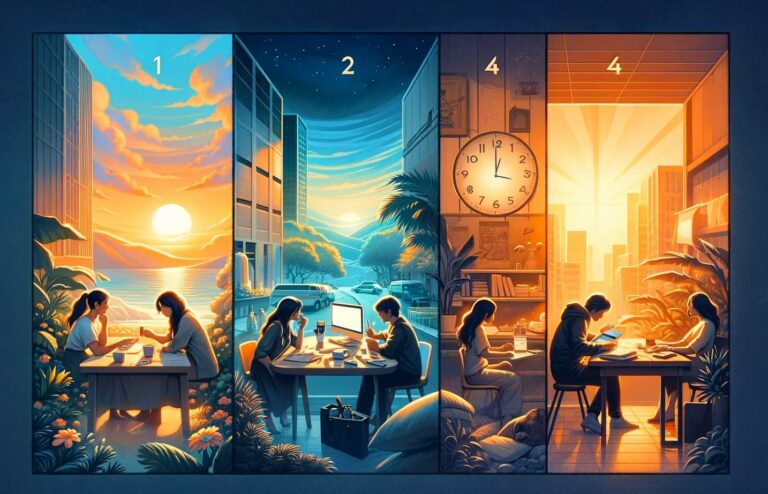Eat the Frog: A Productivity Method for Procrastinators
Conquer procrastination, boost efficiency, and achieve your goals by tackling your toughest task first with the “Eat the Frog” method of productivity.
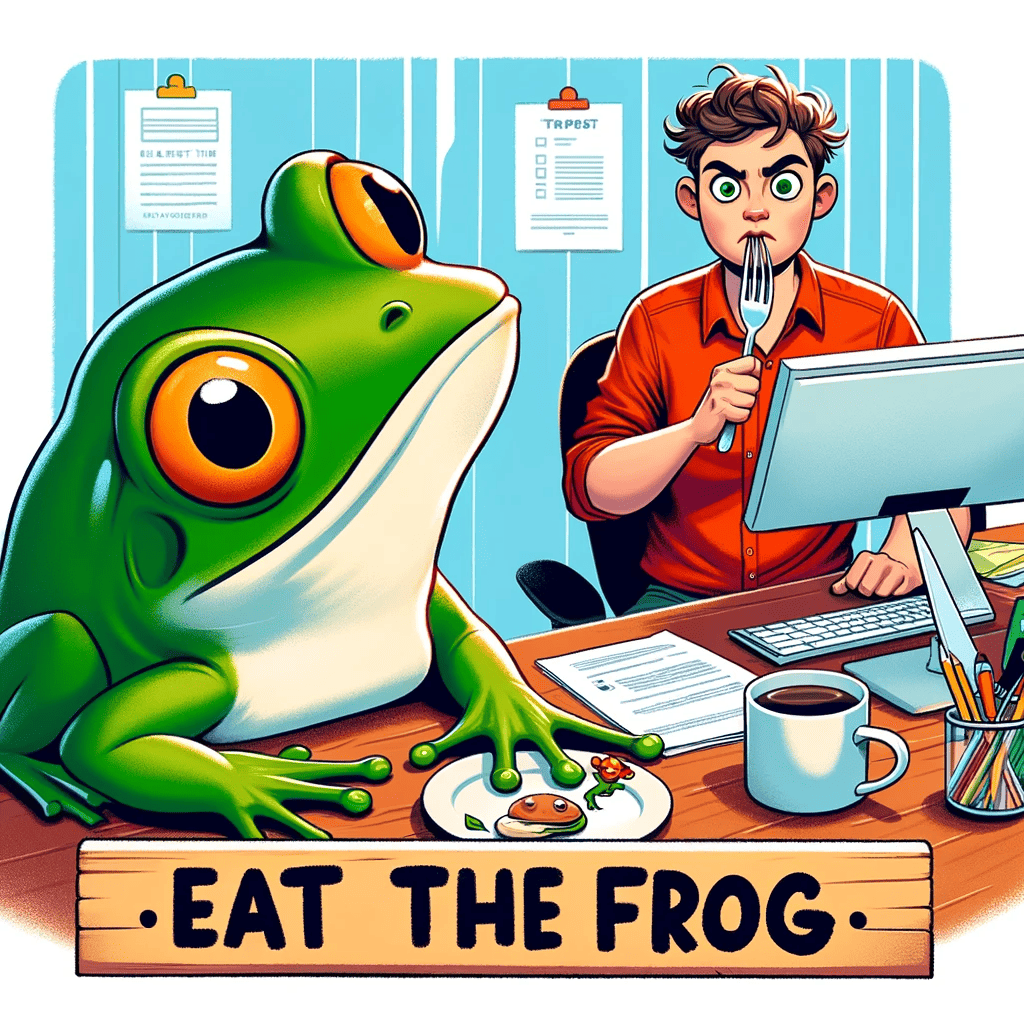
Similar to the Ivy Lee Method, Eat the Frog is a productivity method rooted in prioritization and single-tasking. In fact, the two methods work together nicely to help you build a more productive monthly list, weekly list, and daily schedule.
The Eat the Frog method gets its name from a Mark Twain saying.
It went something like, “If it’s your job to eat a frog, it’s best to do it first thing in the morning (so your day can only improve). And if it’s your job to eat two frogs, it’s best to eat the biggest one first.”
What is the Eat the Frog Method?
Now that we’ve established this is a productivity method for eating frogs, I should mention that a frog, in this case, is your most important, often most difficult task of the day.
It’s the task you skip over in your to-do list because you know it’s going to require the most brain power. The one you keep saying you’ll get to later. The one you’re trying not to think about right now. Yep, that one.
Once you’ve identified your biggest, most important, brain-draining task, you simply do that first before anything else. You eat the frog.
Why the Eat the Frog Method Works
Obviously, completing your most important task of the day is more difficult than it sounds. But there are some sound reasons it can work really well, especially for procrastinators trying to get through their daily list of unfinished tasks.
It practically guarantees success. If you always complete the most valuable task on your to-do list first each day, you’ll always be making real progress. Even if you don’t complete as many tasks as your peers, the work you do complete will be more important and impactful than if you simply focus on checking random tasks off your list.
It takes advantage of your best energy. When you start your day, your energy and willpower are at their highest. But as the day wears on, your energy and willpower wane. Eventually, even small tasks take longer and start to feel like a burden. And big, demanding tasks seem practically insurmountable. A problem best left for another day. This is why eating your frog first thing can be the best use of your ideal working hours.
It’s proactive instead of reactive. By forcing you to decide on and complete your most important task upfront, you’re ensuring your own progress before everything else gets in the way. This is in contrast to those who put their most important work for later, leaving the door open for other less important, but perhaps more urgent work, to slip in and steal their day.
It creates lasting momentum. The positive impact of knocking your most challenging task off your task list first cannot be understated. While low-value tasks may feel nice to complete in the short term, it’s the biggest tasks that provide a long-lasting boost to your personal productivity, energy levels, and subconscious mind. The mental resistance to your remaining list of tasks will drop dramatically once your most daunting task is out of the way.
How To Implement the Eat the Frog Method
This isn’t exactly machine learning. The most difficult part of implementing the Eat the Frog method is deciding what your biggest frog is and then eating it.
That said, here are a few tips to ensure success with this method:
- Pick your frog the night before. You can’t eat frogs all day if you don’t start first thing in the morning. And you can’t start first thing in the morning if you don’t plan your frog the night before. Decide ahead of time so the day doesn’t decide for you.
- Choose the right frog. Focus on actionable tasks. And don’t confuse urgent with important. It’s crucial the frog you eat is the right frog. And the right frog is the biggest, not the loudest one. You want the task that, if completed, even if nothing else got done, would make for a productive day.
- Make sure the frog is the right size. We are eating frogs here, not elephants. Important doesn’t mean all-consuming. You want a task that can be reasonably completed that day. Preferably in four hours or less. If the task is so big it can’t be completed in a day, break it into smaller steps that can be completed.
- Eat the frog first thing. It’s so easy to say you’ll eat the frog after checking your email. Or right after you knock out this other less time-intensive task. Maybe getting a few smaller tasks done will help you build momentum and clear your mind for the bigger, more important work. This is how procrastination wins. It uses reason and logic to convince you your time is better spent on less important, less meaningful work. Don’t wait. Eat the frog first.
